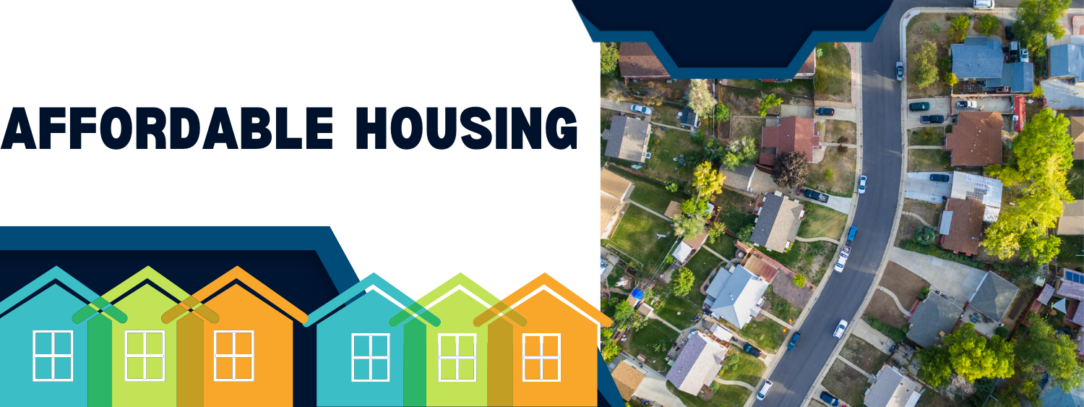In two days, we will enter the last month of 2023. Every year seems to go by even faster than the year before. Although this year has certainly brought its struggles, I want to focus during this time of giving on the progress we are making in our communities on the issue of affordable housing. There are stories from New York to Florida about efforts to increase the stock of affordable housing. Musical artist T.I. has partnered with Atlanta, and in Palm Beach County, voters approved housing bonds to fund affordable housing initiatives I am excited to see a variety of efforts to provide more affordable housing.
Women Bear The Burden
Affordable housing is crucial for individuals and families with incomes at or below the federal poverty guideline or income that is 30% of the area median income(see Table 1).
Table 1: Federal Poverty Level (FPL)

Source: Department of Health and Human Services
Women have historically faced greater challenges dealing with housing insecurity, and this issue continues to persist in contemporary society. A 2021 HUD report found that 75% of households served by Housing and Urban Development (HUD) rental assistance programs had women as the head of household. This statistic underscores the disproportionate burden that women, particularly single mothers, bear when it comes to housing instability. Moreover, data collected during the pandemic further illuminated housing disparities. The data show that “Black women had the highest probability (0.25) of housing insecurity .” These findings underscore the urgent need for comprehensive policies and interventions that address the unique challenges women, especially women of color, experience with housing security.
Disparities in Buying and Renting
Table 2 shows the percentage of households who are renters and extremely low-income renters by race. Black households have the highest percentage of renters (57%), and white households have the lowest (27%). Black, Native American, and Hispanic households have the highest percentage of extremely low-income renters, 19%, 17%, and 14%, respectively.
Table 2: Percentage of Households That Are Renters by Race and Ethnicity

Source: 2021 ACS PUMS
The data show disparities in the housing market for renters and buyers. In 2019, white female-headed households had a homeownership rate of 70%, while rates for Asian, Hispanic, and Black female-headed households were 59%, 45%, and 40%, respectively.
Not There Yet
Initiatives and partnerships suggest we are moving in the right direction. Yet, there is more work to be done to ensure the disparities highlighted above do not continue to plague our communities. This Building Design + Construction article highlights 13 projects that represent the future of affordable housing. My favorite is HopeWorks Station in Everett, Washington. Innovation can help solve many problems, maybe even affordable housing.
Thank you for your generous support on #GivingTuesday, and this season, we are grateful for your kindness and generosity.


